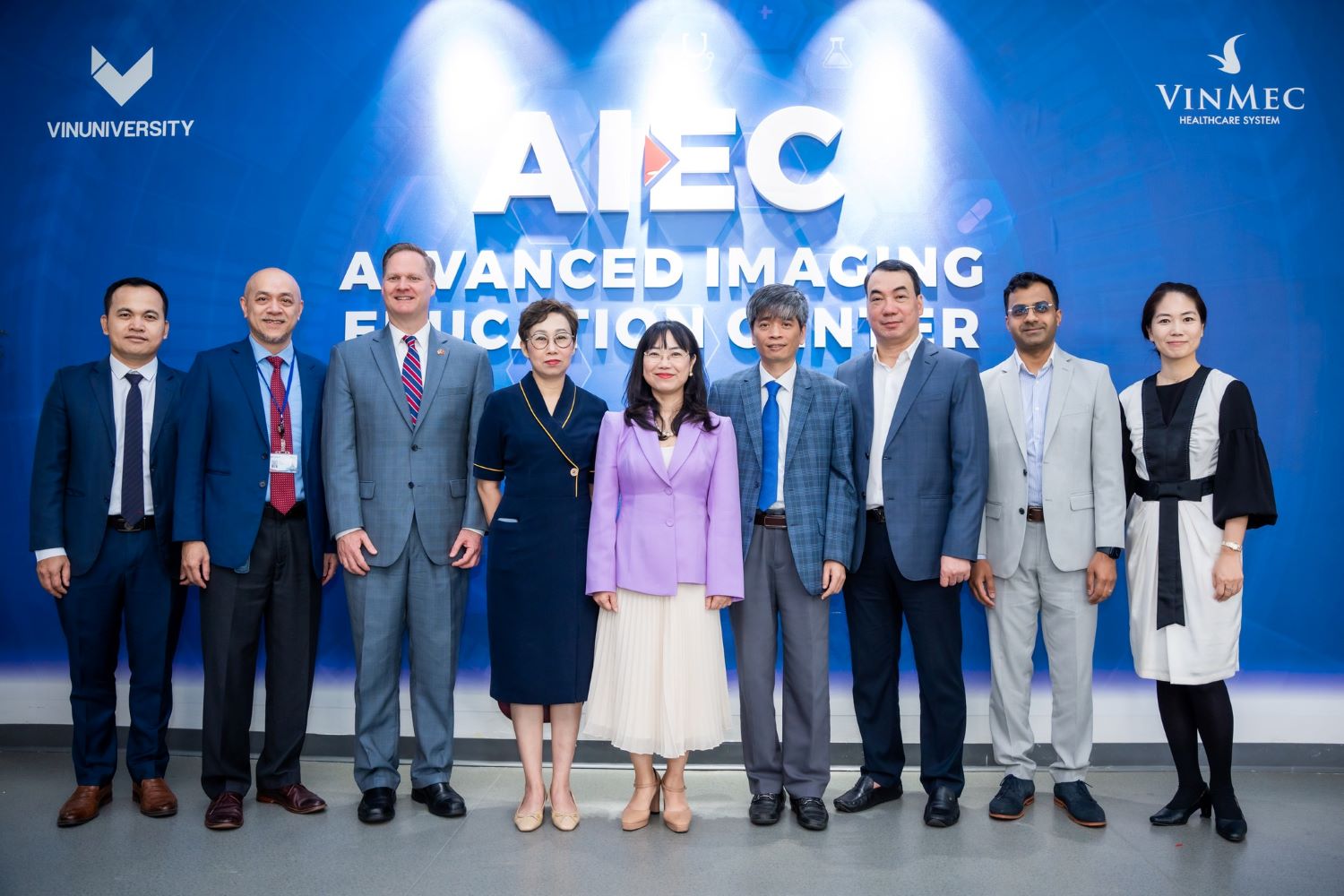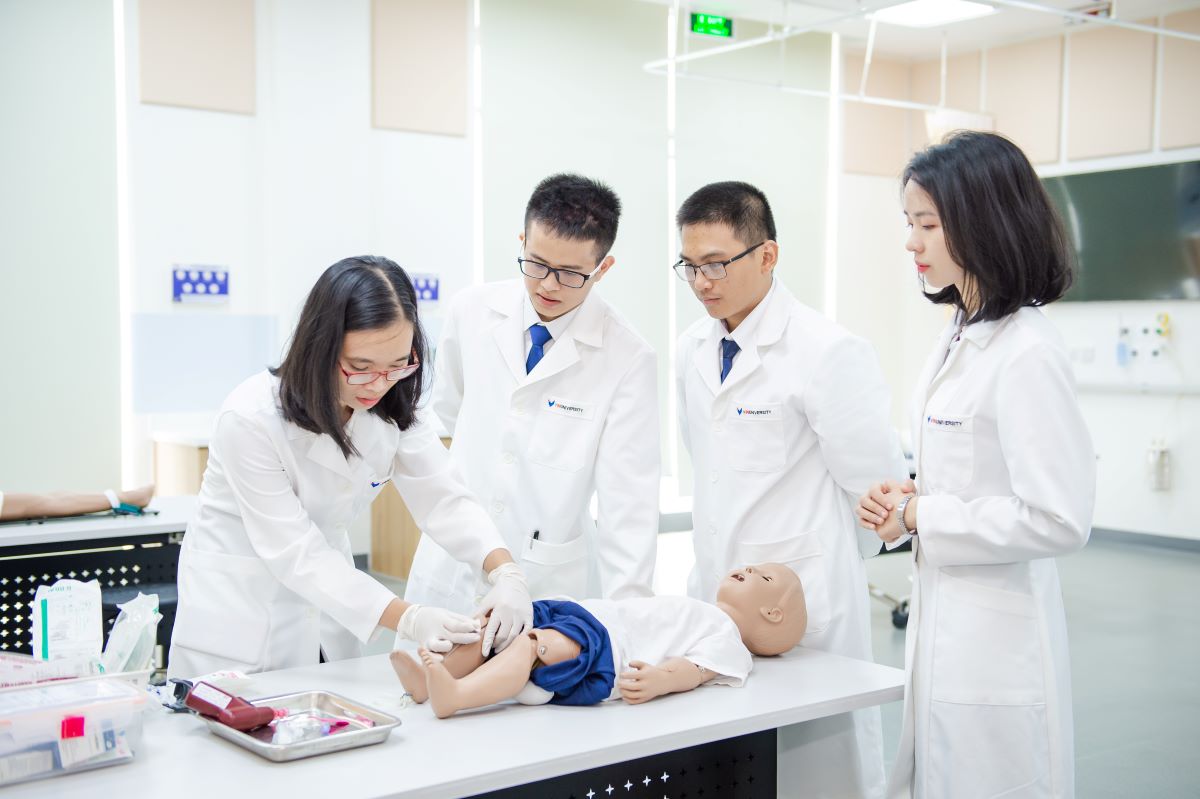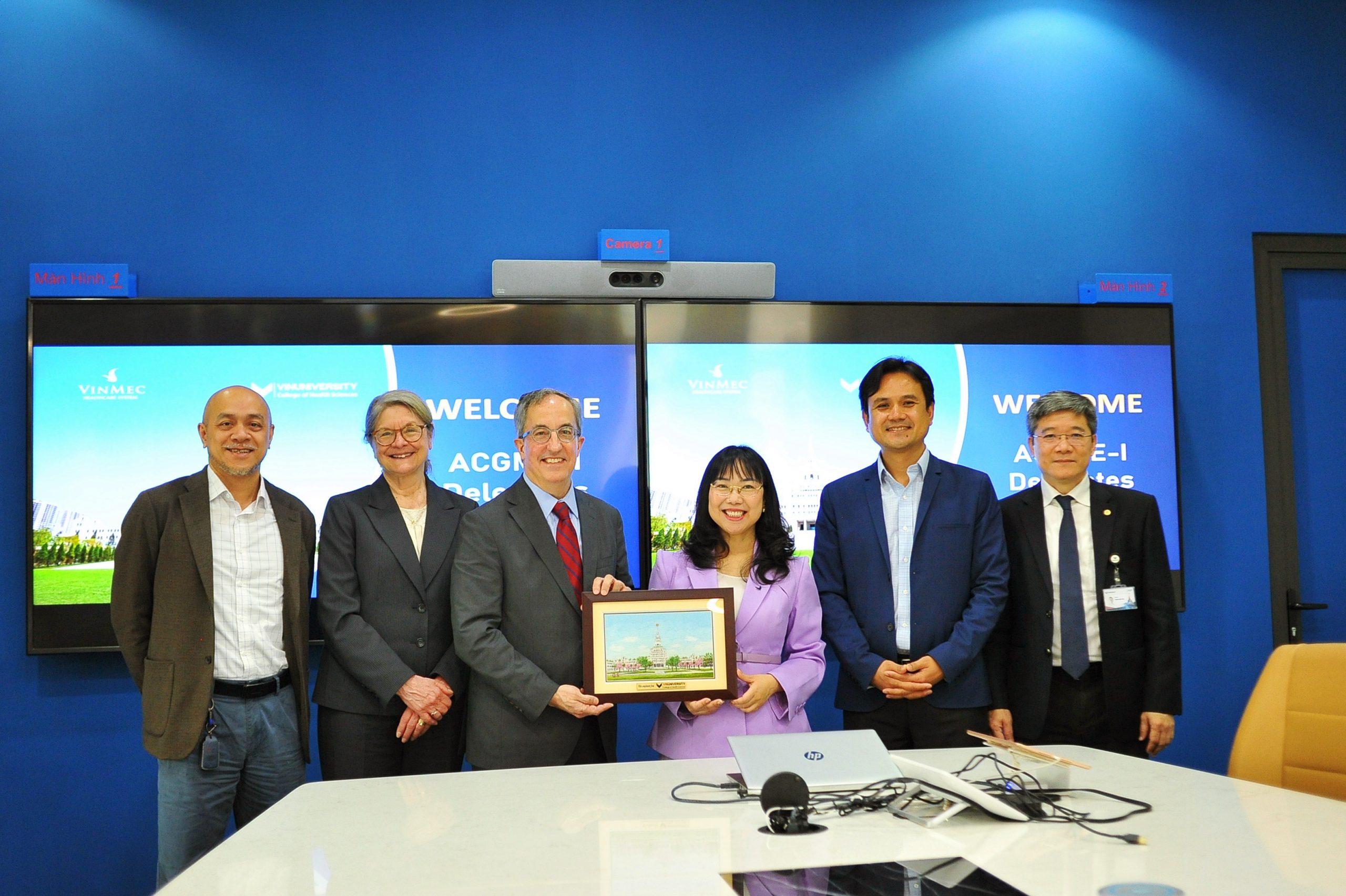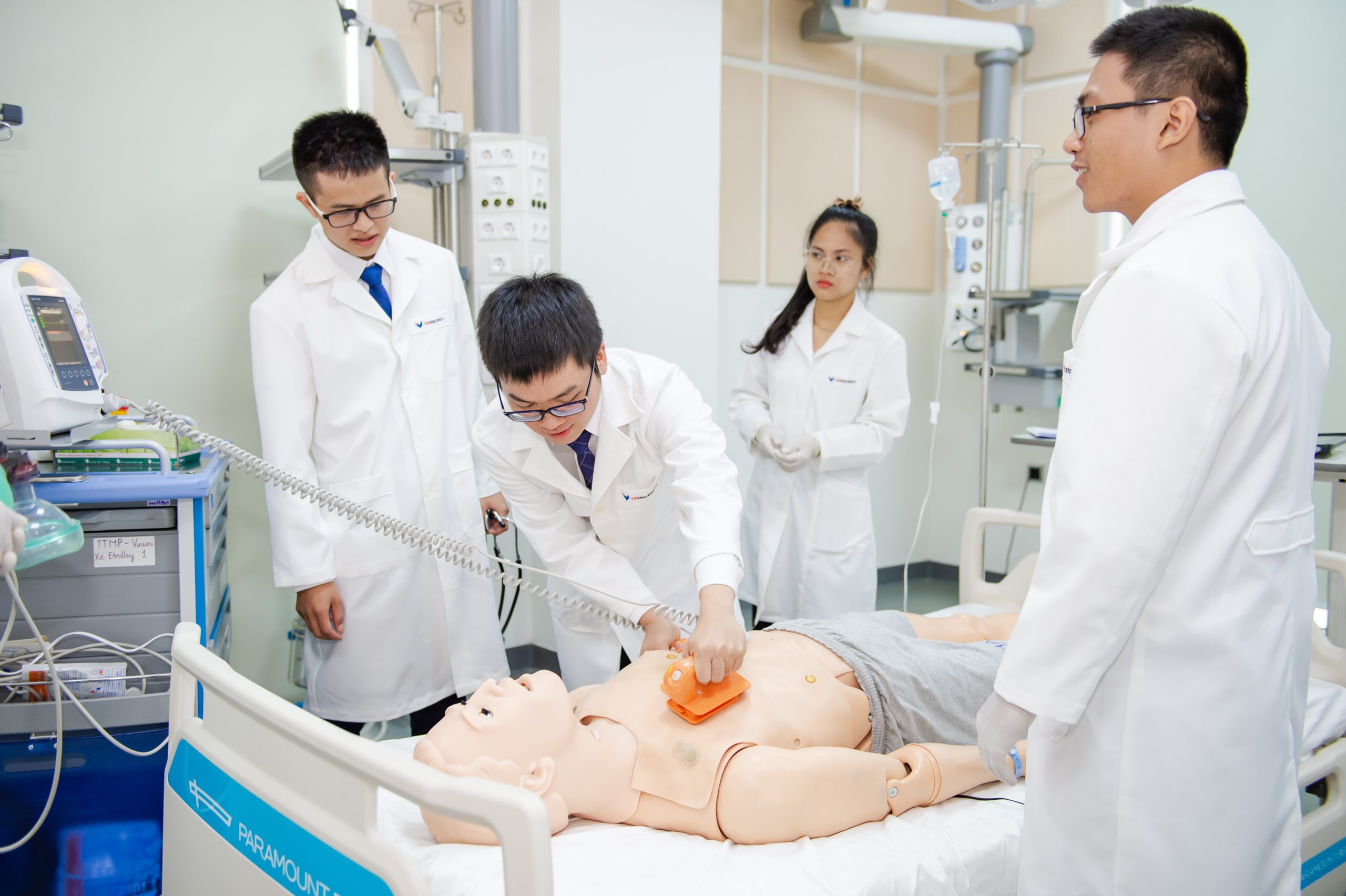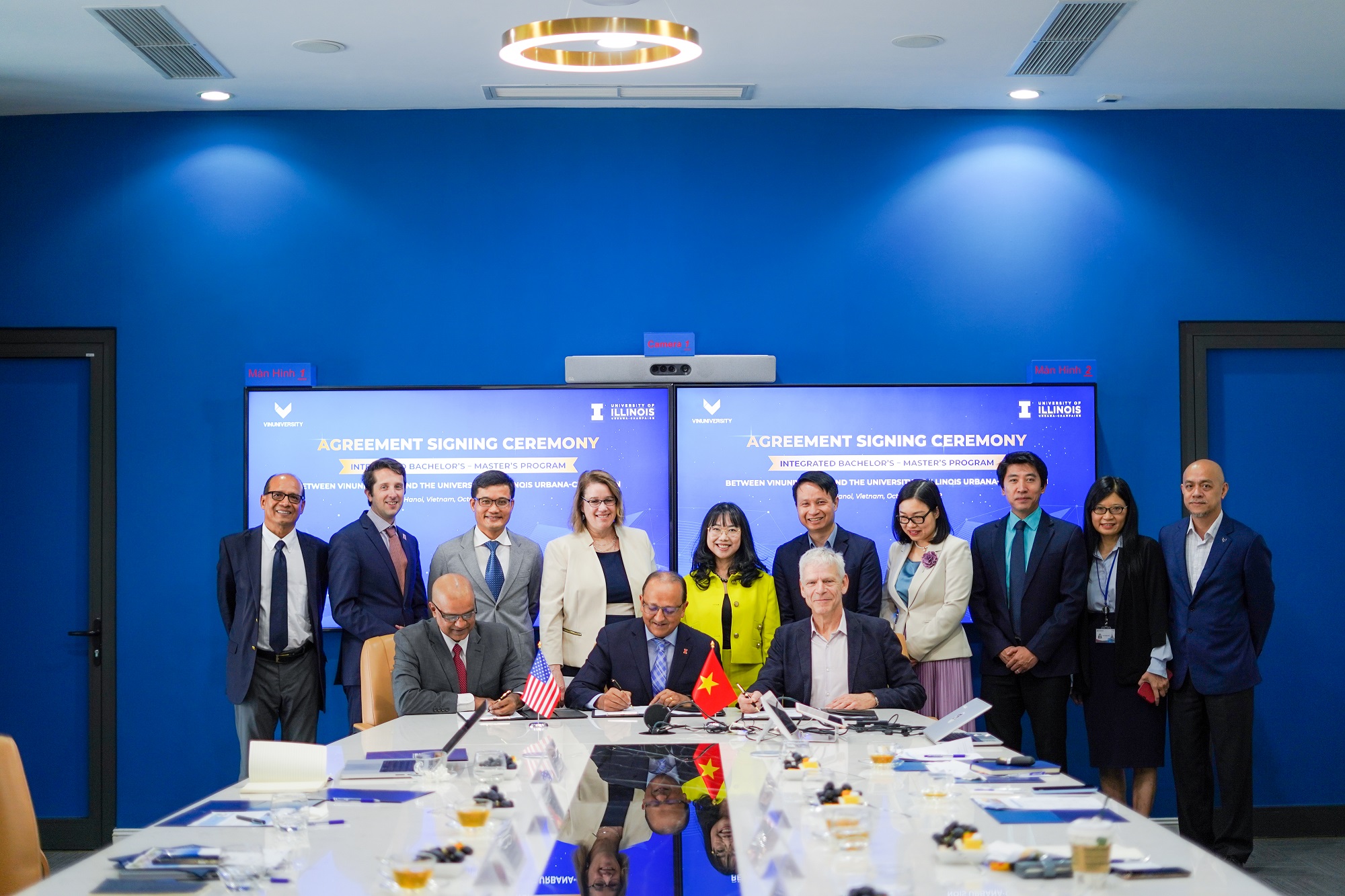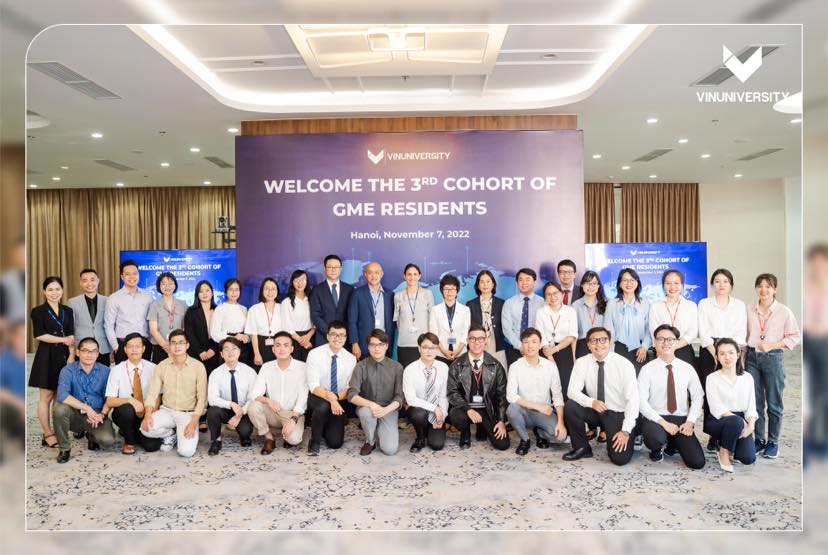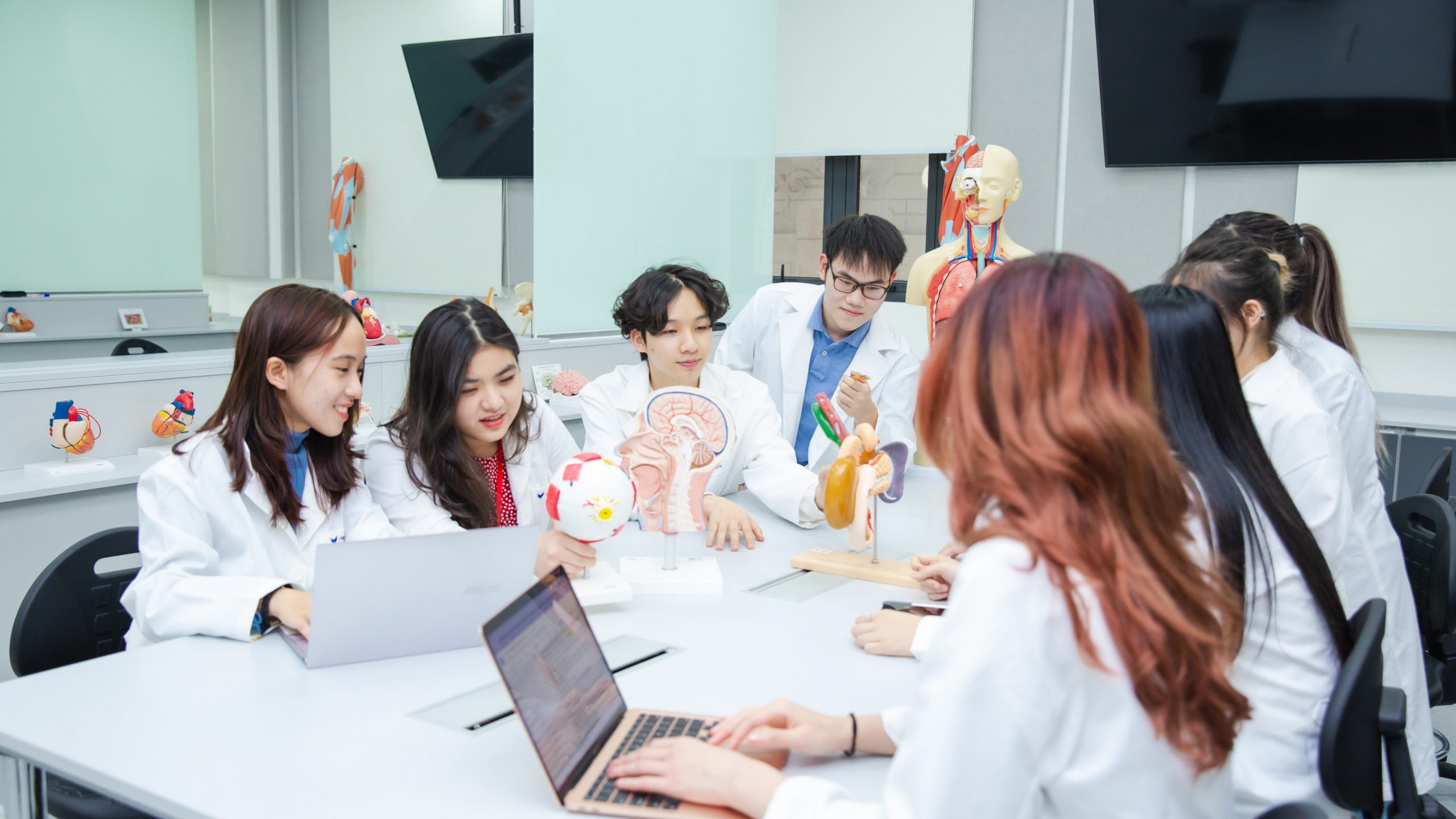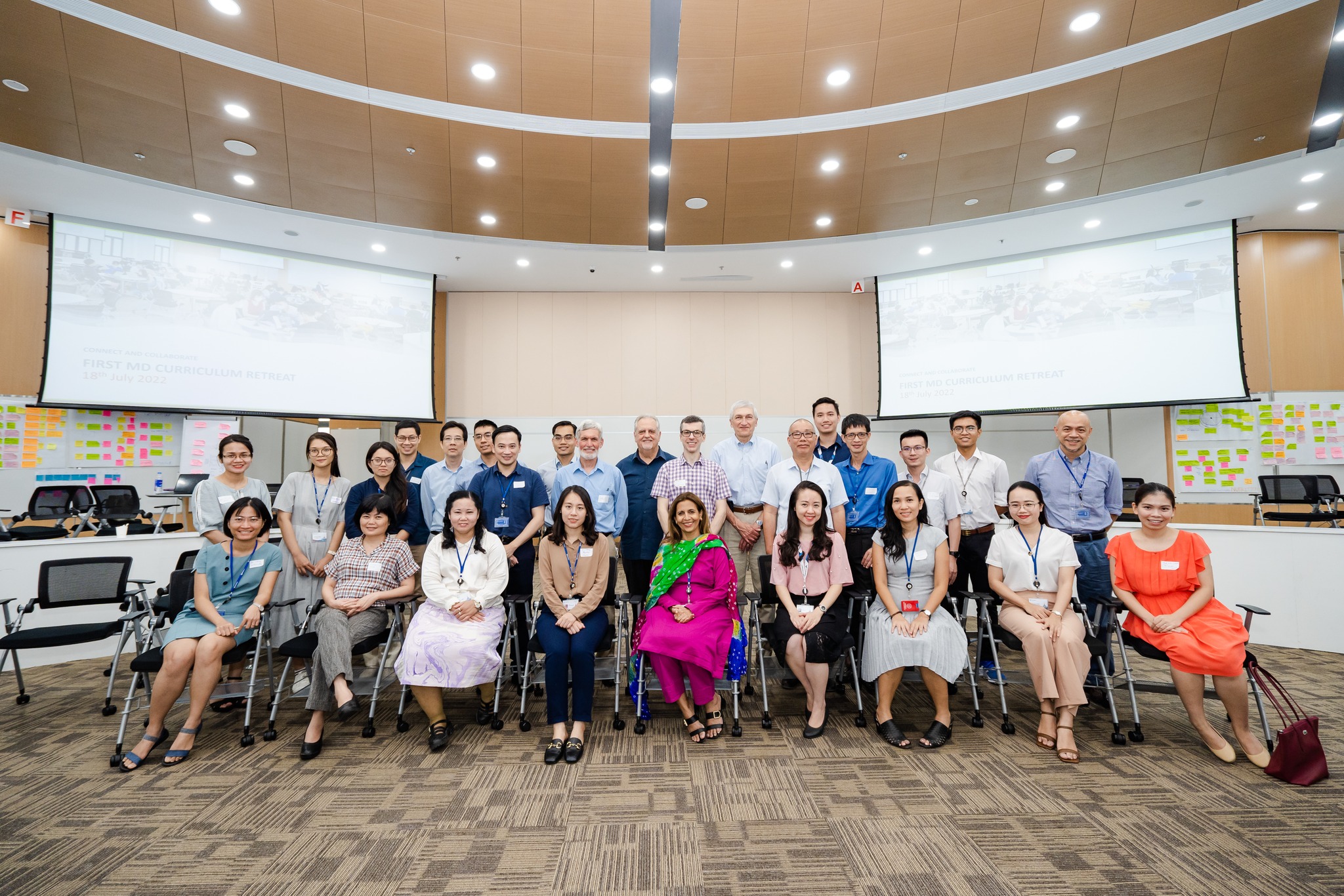In orthopaedics, plaster casting is often considered both a science and an art. Physicians must develop dexterity and adaptability—something we jokingly compare to being carpenters, bakers, and even pottery artists 😅. The plaster casting workshop in VinUni’s orthopaedic residency program (BSNT) was a valuable hands-on opportunity to learn fracture management techniques, requiring both precision and teamwork in a setting filled with focus and laughter.
During the practical session, faculty instructors demonstrated proper casting techniques before residents were divided into small groups for supervised practice. We learned to prepare materials such as cast padding, plaster bandages, and cast saws, ensuring proper handling to optimize patient safety and comfort.
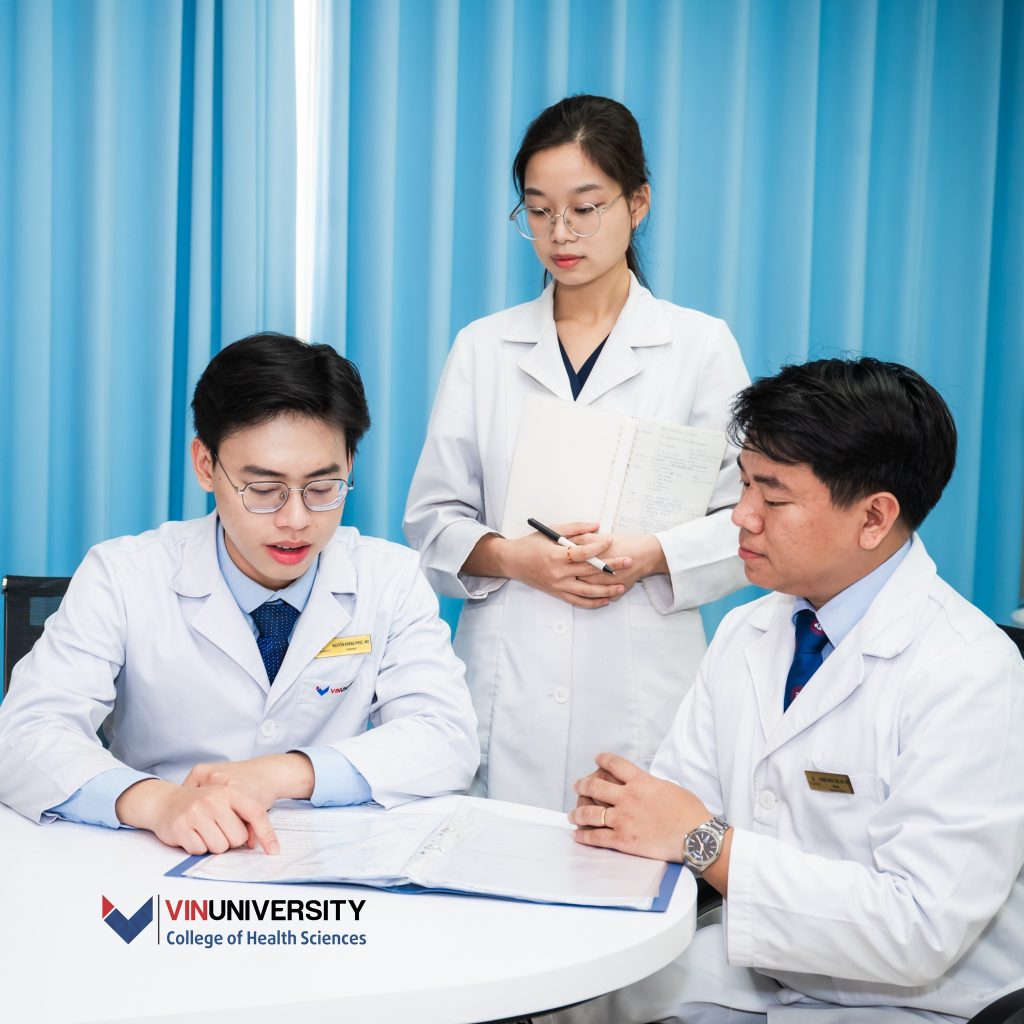
1️⃣ The first step: Applying the padding – Initially, this seemed straightforward, but it turned out to be deceptively difficult. If wrapped too loosely, the padding could shift, reducing protection. If applied too tightly, it could cause discomfort or even pressure sores for the patient.
2️⃣ Next: Wetting and applying the plaster bandage – This step was like baking! The timing was critical—if the plaster was not adequately soaked, it wouldn’t adhere properly. If left in water too long before application, it would harden prematurely, making it difficult to mold.
3️⃣ Molding and shaping the cast – The most intricate part of the process. Here, we had to channel our inner pottery artists, carefully contouring the cast to provide optimal support while ensuring patient comfort. Visualizing the underlying bone alignment was essential to determine stabilization points and apply uniform pressure. Every layer had to be placed methodically, almost like constructing a 3D anatomical model without a guide.
4️⃣ The final step: Cutting the cast – Now, we became carpenters. This stage often makes patients anxious since it involves using a cast saw. However, the oscillating saw vibrates rather than rotates, reducing the risk of skin injury. Despite this, we had to exercise extreme caution to ensure safety and precision during cast removal.
A unique aspect of this session was that every resident not only practiced casting but also took turns experiencing what it felt like to be the patient. Lying on the examination table with an immobilized limb while our teammates applied the cast provided valuable insight into the patient experience. This helped us refine our communication skills and deepen our empathy—both essential qualities in orthopaedic care.
The session concluded with the practice room covered in plaster dust, echoing with laughter. We joked, “Maybe we need additional training in woodworking and ceramics to master this skill!” 😆 Though our hands were covered in plaster and our first few attempts were far from perfect, we walked away with invaluable skills and memorable experiences—one step closer to becoming experts in fracture management and patient care.

